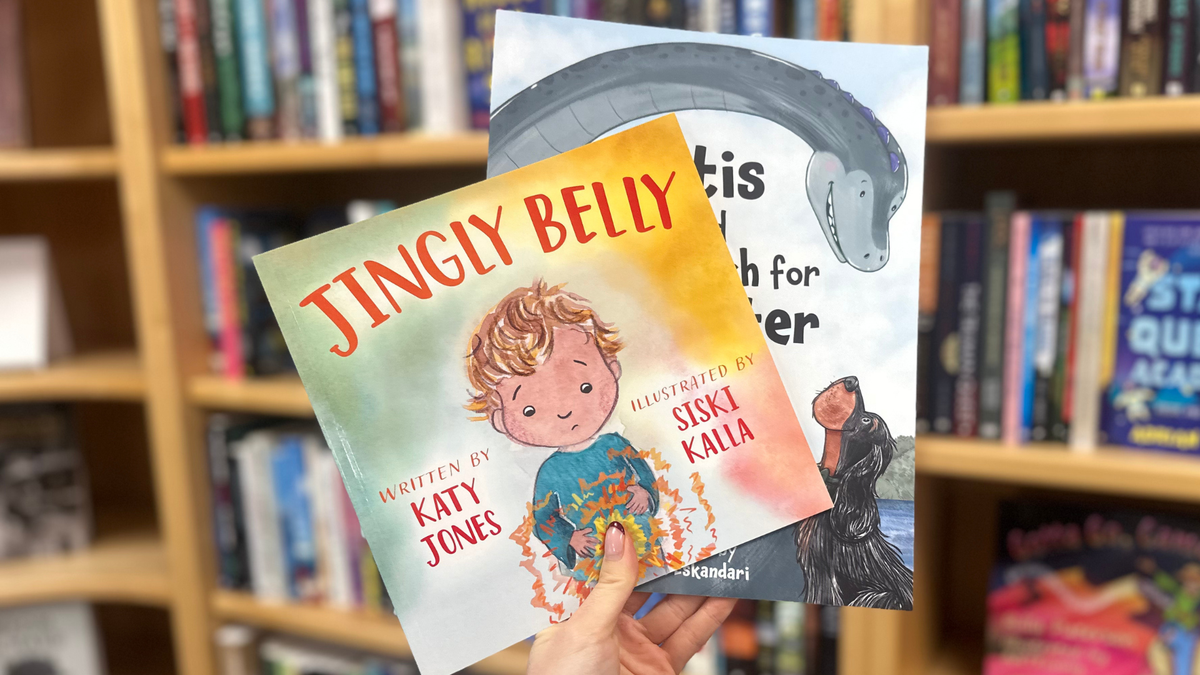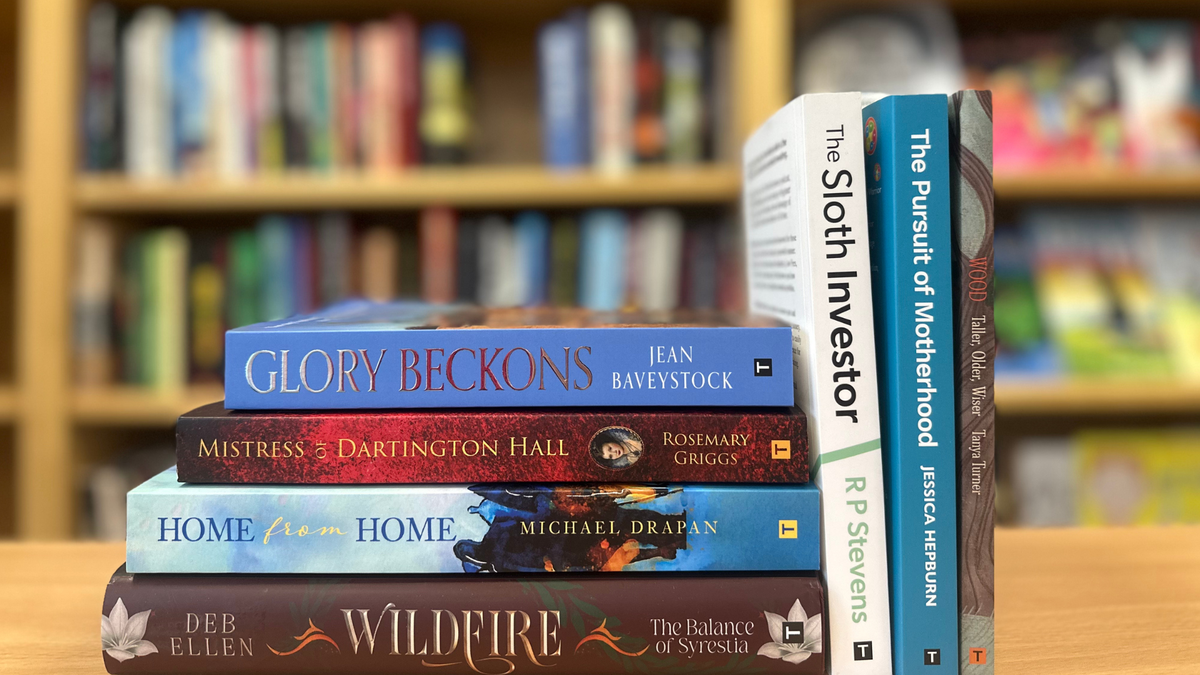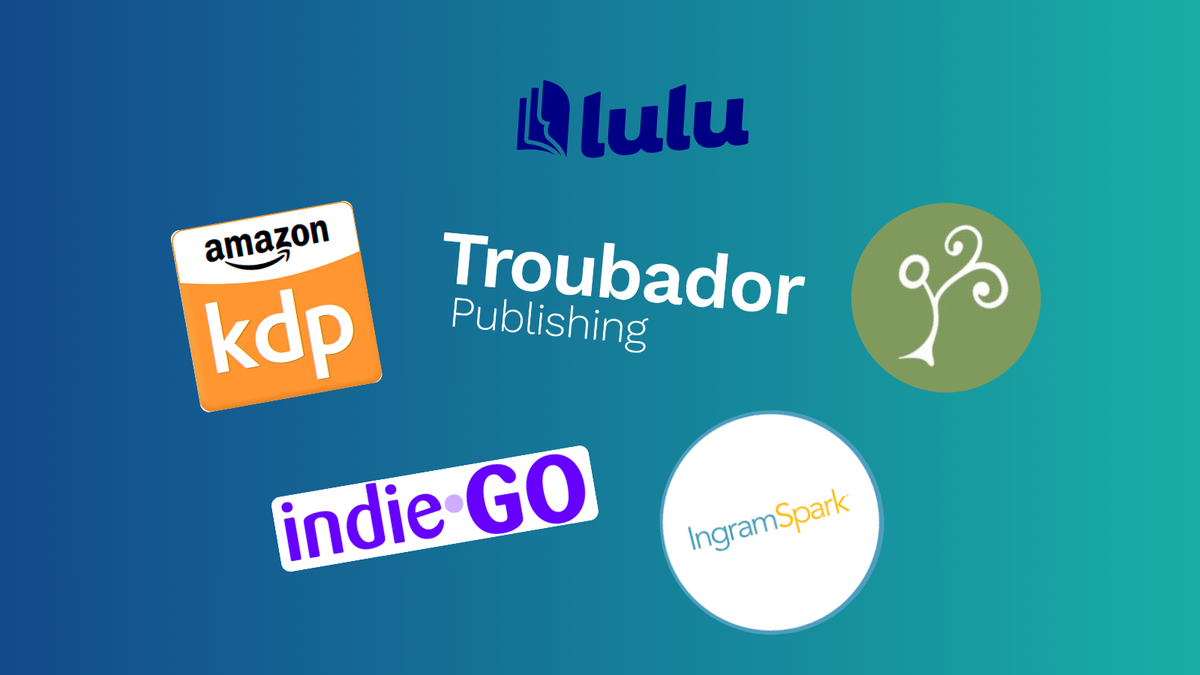
9th April, 2025
6 min read
An Author’s Guide to Finding and Using Images for Book Covers
Written by:
Chelsea Taylor
As a self-publishing author, it can be a daunting task to think about beginning work on your book cover design – after all, it is one of the elements of your book that can entice a potential customer at first glance, so you have to make it count. You may have an idea of how you’d like your design to look, but where might you find the images you’d like to use to execute it?
When sourcing images for your book cover design, there are two important things to keep in mind for the safest and most professional outcome possible:
- Do I have the necessary permissions and copyright clearances to use this image?
- Is this image of a high enough quality for me to use?
You’ve scoured the internet, looking low and high for an image that perfectly matches your vision and you finally find it, but does that mean you should use it? The answer is, probably not.
Often, using an image you have found on the internet or on platforms like Pinterest is inadvisable as you won’t have permission to use them, which could lead to serious legal implications and issues further down the line. It’s important when choosing an image for your book cover that you’re sure you have the necessary copyright clearances to use them to make sure you are covered.
Similarly, it’s important to check the quality of any imagery that you plan to use to ensure that it is of a high enough resolution to use – particularly if you are planning to move forward with a printed book. The minimum resolution for print that we recommend is 300dpi (dots per inch), which effectively means that within one square inch of space, there are 300 dots of ink. The higher the dpi, the sharper the finish, which means that using an image with a resolution lower than 300dpi could result in a poor reproduction when printed, and therefore a less than professional product.
With all of this in mind, we’ll suggest the safest way of sourcing images for your book cover, providing the pros and cons of each to allow you to make a decision that will work for you.
Royalty-Free Stock Imagery
The route that we often recommend for authors when sourcing imagery is to find a reputable stock imagery website, such as AdobeStock and iStock, both of which are image banks that we regularly use. There are numerous benefits of using stock imagery for your book cover:
- Cost effective – royalty free images can cost as little as £20 to use, making it a cheaper option for authors.
- One-off cost to use your chosen image rather than paying upfront, as well as a royalty per copy sold, which can add up.
- Limitless use across various mediums, print quantities and territories. This means that any image you purchase the rights to use can also be used on promotional material as well as your book cover itself. You can use the cover to print as many copies as you’d like, and you can also use it overseas.
When you purchase the right to use a royalty-free stock image on your cover, you can be reassured that you have full permission to use the image and that the image is of high quality. Some stock image websites will offer a range of size options so it’s important that you consider your intended book size when making this decision – if in doubt, choose the largest one – you can make an image smaller. Still, you can’t make it bigger without compromising the quality.
So, what are the downsides of using stock imagery? Image banks can be a little limiting for authors with a specific idea in mind for their cover, as they can only choose from what is already available. Many stock image websites, including AdobeStock and iStock, have a function where you can upload an image you’ve found more widely online, and they will then search their banks and suggest similar images, so this can be a great way of narrowing your search down early on.
Top tips for stock imagery:
- Make sure the image you are purchasing is for commercial use, not editorial use only
- If you’re using a different website to those mentioned above, make sure that you check the small print: How many copies can you print? In which territories can you use the image? Are you limited to book printing only or can you use the image for promotion too?
Using photographs you have taken
Authors writing a memoir or non-fiction title may already have a photograph they have taken themselves and might like to use. One of the main benefits of doing so is that it is completely free! Also, using your own photograph can be a great way of adding a personal touch to your book cover, perfectly encapsulating the themes within your work with a photograph the book is based around. What better way to present a biography than using a photograph of the subject on the cover?
But what might you need to consider before pursuing this option?
You may have taken the photograph, but is using the image on your book cover safe? It’s important to consider whether you have permission for those pictured to use the photo if your photograph includes people. There may not be copyright implications to consider here, the author being the owner of the image, but using a photograph of others can infringe on privacy laws, so it’s important to consider what the photograph is of. Similarly, if you have taken a photograph of a piece of artwork, this doesn’t mean that you have permission to use it on your cover, even if you own the photo, as it is the work itself which is protected by copyright.
It’s also important to check the quality of your photograph - remember the 300dpi resolution we mentioned earlier. A photo taken on an old smartphone, for example, may not have produced an image with a high enough quality to use on your book cover, so it’s a good idea to check the size and resolution of your chosen image before proceeding.
Top tip for using your own photograph: If you have the ‘original’ photograph, it’s a good idea to scan your photo at a higher resolution than is required (600dpi, for example) to enable the best result.
Working with a freelance artist
There is no shortage of hugely talented artists at hand to help you with your book cover artwork and, for some authors, this is the perfect route for them, specifically if:
- You have an idea in mind that is very specific and cannot be fulfilled using stock imagery
- It’s important to you that the characters or scenery in your book are accurately portrayed on your book cover
- You would like artwork that is 100% unique and cannot be found anywhere else
- You are writing in a genre that favours illustrated covers, such as children’s fiction
Working with an artist can be a worthwhile and fulfilling experience for an author as it allows total freedom design-wise and enables you to tailor your artwork to your exact vision. This freedom comes at a premium, with this option being the most costly on the list. As a ballpark figure, a bespoke front cover illustration for a book cover is likely to start at around £400-£500 to cover the time and expertise of the specialist – this rate, of course, varies from artist to artist, but do keep in mind that if you are on a relatively tight budget, this may not be a viable option for you.
Artists often have agreements regarding how many copies you are allowed to print using their artwork, in which territories it can be distributed, etc. (similar to the restrictions mentioned in the stock imagery section). So, if you work with a bespoke artist, make sure you are familiar with (and comfortable with) this agreement before any work begins.
Top tip when working with an artist: If you have a book specification in mind prior to working with the artist, make sure that they are fully aware of this from the outset so that all work they produce fits your brief right from the beginning – this will ensure the most streamlined, efficient process possible.
Depending on your budget, ideas and personal preference, one of the above options should work perfectly when sourcing imagery for your book cover. As long as you keep in mind the copyright's legalities and the quality's technicalities, your main bases are covered – now to design the book cover itself!
Successfully integrating text and imagery is key to producing a high-quality, professional cover design, but that’s for another blog post…












